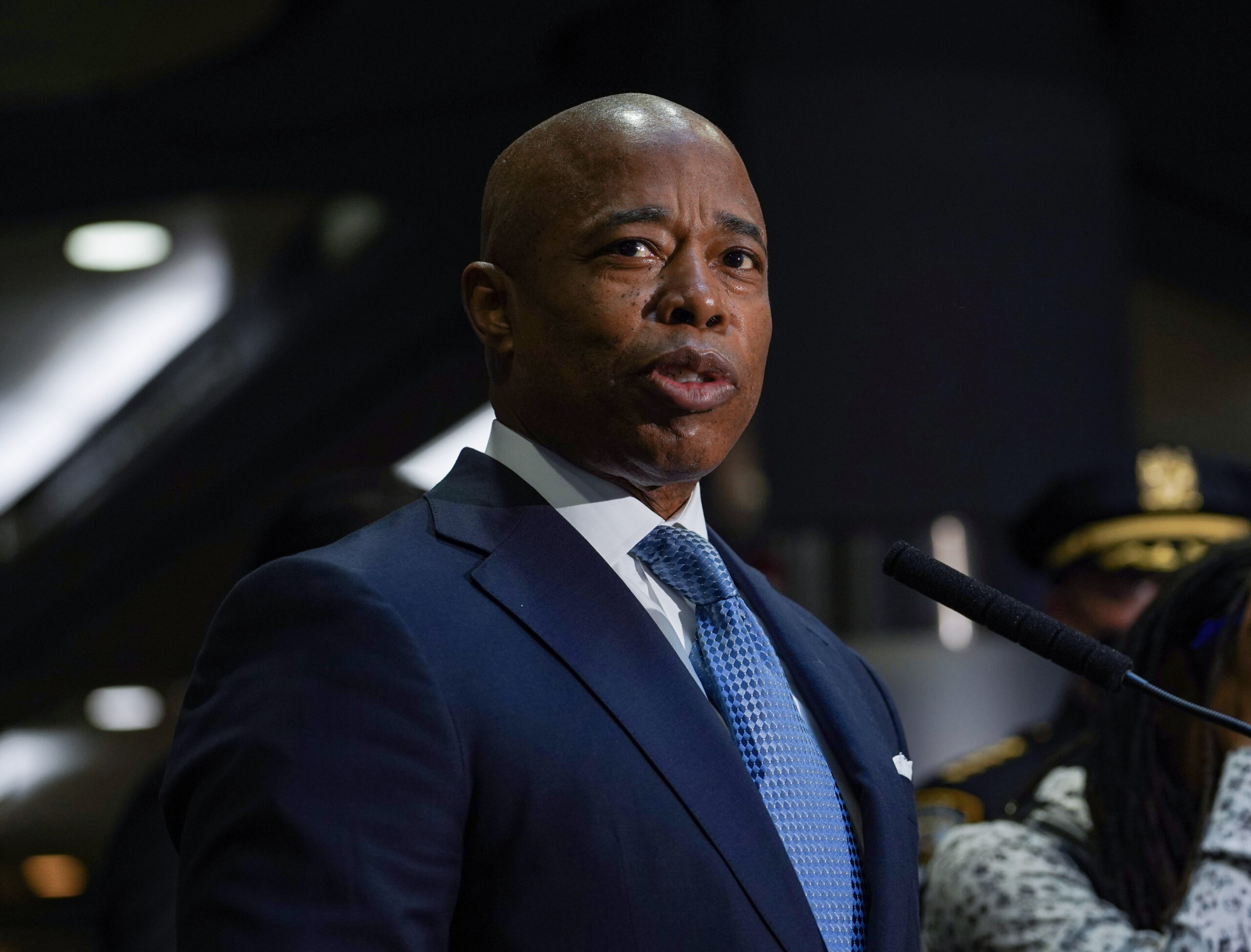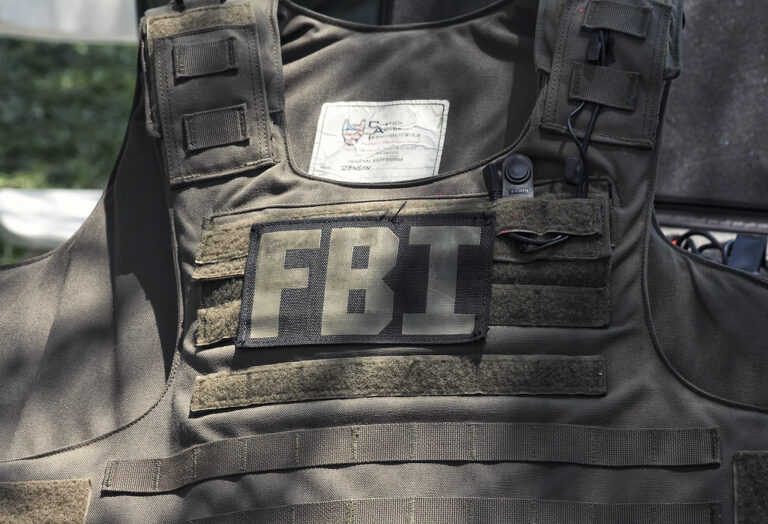Key Takeaways:
- The shooter at a Michigan church was a 40-year-old former Marine.
- Authorities confirmed his name as Thomas Jacob Sanford.
- He served in the Iraq War and received several military medals.
- Sanford died at the scene of the shooting on Sunday.
- Police are still investigating the motive behind the attack.
Shocking Michigan Church Shooting Involves Iraq War Veteran
A peaceful Sunday at a Michigan church turned into a nightmare when a gunman opened fire, leaving confusion and grief behind. The man responsible, Thomas Jacob Sanford, was quickly identified by authorities. What shocked many was that Sanford wasn’t just any 40-year-old — he was a former Marine who had served in the Iraq War.
According to military officials, Sanford was a decorated Marine who served between 2004 and 2008. As more details emerge, many are left wondering what led someone with a military background and honorable medals to commit such a heart-wrenching act. Understanding the past of the Michigan church shooting suspect may bring insights into his actions and mental state.
Who Was the Michigan Church Shooting Suspect?
Thomas Jacob Sanford seemed like someone who had served his country with bravery. Officials say he earned the Marine Corps Good Conduct Medal, along with other military awards. He completed one tour in Iraq and left the military as a sergeant.
His background would lead some to expect a disciplined and balanced person. However, something clearly went wrong. Investigators are now working to learn whether Sanford suffered from mental health issues or any personal struggles that led to this shocking attack.
Life After the Military: Was It a Trigger?
Adjusting to civilian life can be tough for many service members. After serving in intense conditions like the Iraq War, some veterans face serious challenges. Post-Traumatic Stress Disorder (PTSD), isolation, and trouble finding purpose again can make everyday life difficult.
Though it’s still not confirmed whether Sanford battled mental health problems, former soldiers often go without the support they need. As more veterans struggle in silence, experts are calling for better healthcare and emotional support systems to help them reintegrate into society.
What Happened at the Michigan Church?
On a calm Sunday morning, Sanford entered a local church in Michigan. It was supposed to be a place of peace and prayers. Instead, it turned into a scene of chaos. People ran for cover. Screams filled the room. Police arrived shortly after and found Sanford already dead at the scene.
No details have been released about how many people were hurt or what kind of weapon was used. Police are keeping those facts private during the early stages of the investigation. Still, the entire community is shaken.
The Michigan church shooting suspect’s motives remain unclear. Was it personal anger? A mental health crisis? Or something else entirely? Authorities are trying to piece his story together to answer these hard questions.
How Has the Public Reacted?
News of the shooting and Sanford’s military background triggered a big reaction online and in public. Some people feel angry and confused. Others are focusing on how to prevent tragedies like this from happening again.
Many believe that if Sanford did suffer from mental illness, signs may have been missed. The event has sparked new conversations about gun control, mental health care for veterans, and how the system can better support those struggling after war.
The local community is also in mourning. Several people from the church were seen gathering near the building to hold candlelight vigils, pray together, and comfort one another.
What We Know About Sanford’s Personal Life
Right now, very little is known about Sanford’s personal life before the attack. Authorities haven’t mentioned any family members or friends. There’s no public record of a criminal past either.
This is part of what makes the situation even more confusing. People used to seeing violent acts from lifelong criminals or those with a history of violence found it difficult to understand how a decorated military veteran could end up as the Michigan church shooting suspect.
Veterans and Violence: A Rare Connection
It’s important to note that most veterans do not become violent. In fact, many return home and live peaceful, successful lives. However, in rare cases, the stress and trauma of war can have damaging effects.
Some former service members may turn to crime, often due to untreated mental health conditions. That’s why so many experts suggest regular mental health checks, better transition programs, and counseling services for soldiers who return from war.
Media Coverage Raises More Questions Than Answers
The media coverage so far has raised concern over how veteran-related crimes are reported. Some outlets focused heavily on Sanford’s military background. Others tried to draw attention to possible mental health challenges.
However, with few details confirmed, many headlines are based on theories rather than facts. Still, every piece of the puzzle helps give us a better picture of who Sanford was before becoming the Michigan church shooting suspect.
What Happens Next?
Investigators will continue reviewing Sanford’s background, digital history, and recent actions. They’ll also likely speak to anyone who had contact with him before the incident.
So far, police have not shared a motive. That could take weeks or even months to determine. In the meantime, people want answers — answers that might help stop another tragedy from happening somewhere else.
At the local level, the church community and city leaders will be offering support for those still shaken. Counseling services, town meetings, and public discussions are already being scheduled.
Final Thoughts
The Michigan church shooting shocked the nation — not just because it happened in a place of worship, but because the shooter, Thomas Jacob Sanford, once served in the U.S. military and wore a uniform meant to protect.
His actions on that Sunday stand in dark contrast to the life he once lived. While we wait on more official details, the shocking truth is already clear: even those trained to fight for peace can sometimes wage war on their own people.
This tragedy reminds us of something very important — the need for better mental health support, especially for our veterans. Hopefully, by learning more about the Michigan church shooting suspect, we can take steps to keep such tragedy from repeating.
Frequently Asked Questions
Who was Thomas Jacob Sanford?
Thomas Jacob Sanford was a 40-year-old former Marine who served in the Iraq War. He was the suspect in the Michigan church shooting and died at the scene.
Did Sanford have a criminal record before this?
So far, authorities have not shared any past criminal history connected to Sanford. He was known for his military service.
Was mental illness involved?
Officials haven’t confirmed if mental illness played a role, but experts believe it’s a possibility. Many are calling for more veteran mental health support following the incident.
What happens now with the investigation?
Police are still collecting evidence, speaking to witnesses, and digging into Sanford’s background to find out why he acted out violently.










